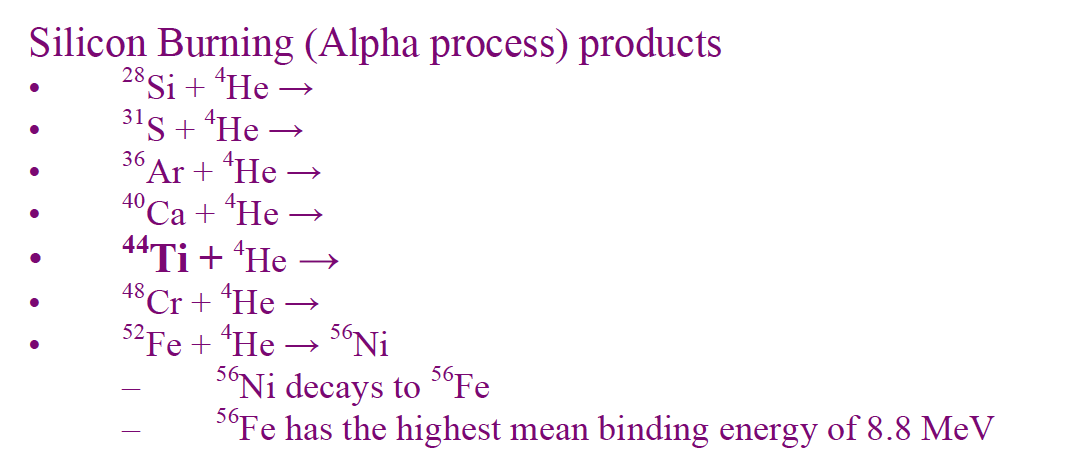
JWST near infrared image of SNR1987a (left) produced with NIRcam and mid and near infrared spectroscopic images of the expanding shell of gas and shock front to the right. These later images of the supernova remnant are in the light of ionized Argon. Full NIRCam image details are at the foot of this article.
Supernova remnant SNR-1987a
is one of the closest and most studied of any supernova or supernova remnant since Kepler’s supernova in 1604. It was one of the first objects observed with the newly deployed Hubble Space Telescope in 1991 and, thus, the first -and closest supernova- to be observed with a modern observing platform. Although it is named and designated according to the naming conventions for supernovae, its light had been traveling for 171,000 years from the Large Magellanic Cloud, a smaller, satellite galaxy to the Milky Way. Note, this is a new distance based on refined measurements and new data obtained with the Hubble Space Telescope and other sources.
In a previous article, we describe the NIRCam image used above, produced with JWST in an earlier study, along with much earlier analysis and work by this author. In that previous article, we go into detail of the progenitor star’s evolution and the evolution of high mass stars in general. This is a new study, published in the journal Science for this month (20240222) with new JWST data.
Abridged Description
The article describes how the ionizing radiation produced by the as yet to be observed remnant, suspected now to be a neutron star, has ionized the heavier elements produced during the progenitor star’s late-stage evolution. Those heavier elements include Argon and Sulfur. The spectroscopic images included with the press release only include the ionized Argon sources. The full text of the article, available in the link furnished above, also include the sulfur sources. Both Argon and Sulfur are products of the Silicon Burning cycle, the last burning cycle before core collapse, an alpha (Helium) burning cycle with a duration of 24 hours. The argon fluorescing in the image above was produced in the last 24 hours of the star’s life before core collapse. This was nature’s last attempt to re-establish a balance between outward gas and radiation pressure and the crush of gravity.
 The full article is available at the link provided above. For convenience, they have provided an editor’s summary and an abstract, reproduced here. The full NASA press release is here.
The full article is available at the link provided above. For convenience, they have provided an editor’s summary and an abstract, reproduced here. The full NASA press release is here.
Editor’s Summary
The nearby supernova SN 1987A was visible to the naked eye, and its evolution has been observed over the ensuing decades. The explosion is thought to have produced a neutron star or black hole, but none has been directly detected. Fransson et al. observed a remnant of SN 1987A using near- and mid-infrared integral field spectroscopy. They identified emission lines of ionized argon that appear only near the center of the remnant. Photoionization models show that the line ratios and velocities can be explained by ionizing radiation from a neutron star illuminating gas from the inner parts of the exploded star. —Keith T. Smith
Abstract
The nearby Supernova 1987A was accompanied by a burst of neutrino emission, which indicates that a compact object (a neutron star or black hole) was formed in the explosion. There has been no direct observation of this compact object. In this work, we observe the supernova remnant with JWST spectroscopy, finding narrow infrared emission lines of argon and sulfur. The line emission is spatially unresolved and blueshifted in velocity relative to the supernova rest frame. We interpret the lines as gas illuminated by a source of ionizing photons located close to the center of the expanding ejecta. Photoionization models show that the line ratios are consistent with ionization by a cooling neutron star or a pulsar wind nebula. The velocity shift could be evidence for a neutron star natal kick.
From a related article in the same issue of Science: “the researchers found fluorescing argon and sulfur in the middle of the supernova remnant”. The author of the study cited in this article is quoted in the related article as saying:
[The argon] “was so strong you could hardly miss it,”
Fransson says.
The observed fluorescence of both Sulfur and Argon were in the mid-Infrared, hence the need for JWST. Although the Hubble Space Telescope has the necessary optical resolution to spatially resolve these details, the observed fluorescence of Sulfur and Argon, as stated above, occurs in the mid-Infrared, beyond the limited, near-Infrared capability of HST.
Image details
NIRCam Filters used:
F150W; F164N; F200W; F323N; F405N; F444W
Shortest wavelength filter is the F150W (1.5 microns or 1500 nanometers). Note: long wavelength visible light limit is in the deep red at 0.7 microns or 700 nm. Since there are no “visible” colors in the infrared, the false color scheme adopted is to use blue to represent the shortest wavelength infrared light and red, the longest.
Related Article
JWST Observes Spectacular Evolution of Supernova Remnant SN1987A
A quick, interactive web-based version of Stellarium is available here Tonight's Sky. When you launch the application, it defaults to north-facing and your location (on mobile and desktop).
Astronomy For Change: https://astronomyforchange.org
Did you enjoy this article or like what we do? Why not leave a tip or buy us a Coffee?
Follow Us On Twitter: https://twitter.com/astronomychange
Why not support us on Patreon: https://www.patreon.com/astronomyforchange
Imagination is more important than knowledge
![]()
An index of all articles can be found here.
If you enjoyed this article, please consider supporting us with a modest donation
or through a subscription on our Patreon Page
Membership at Astronomy for Change is Free!




